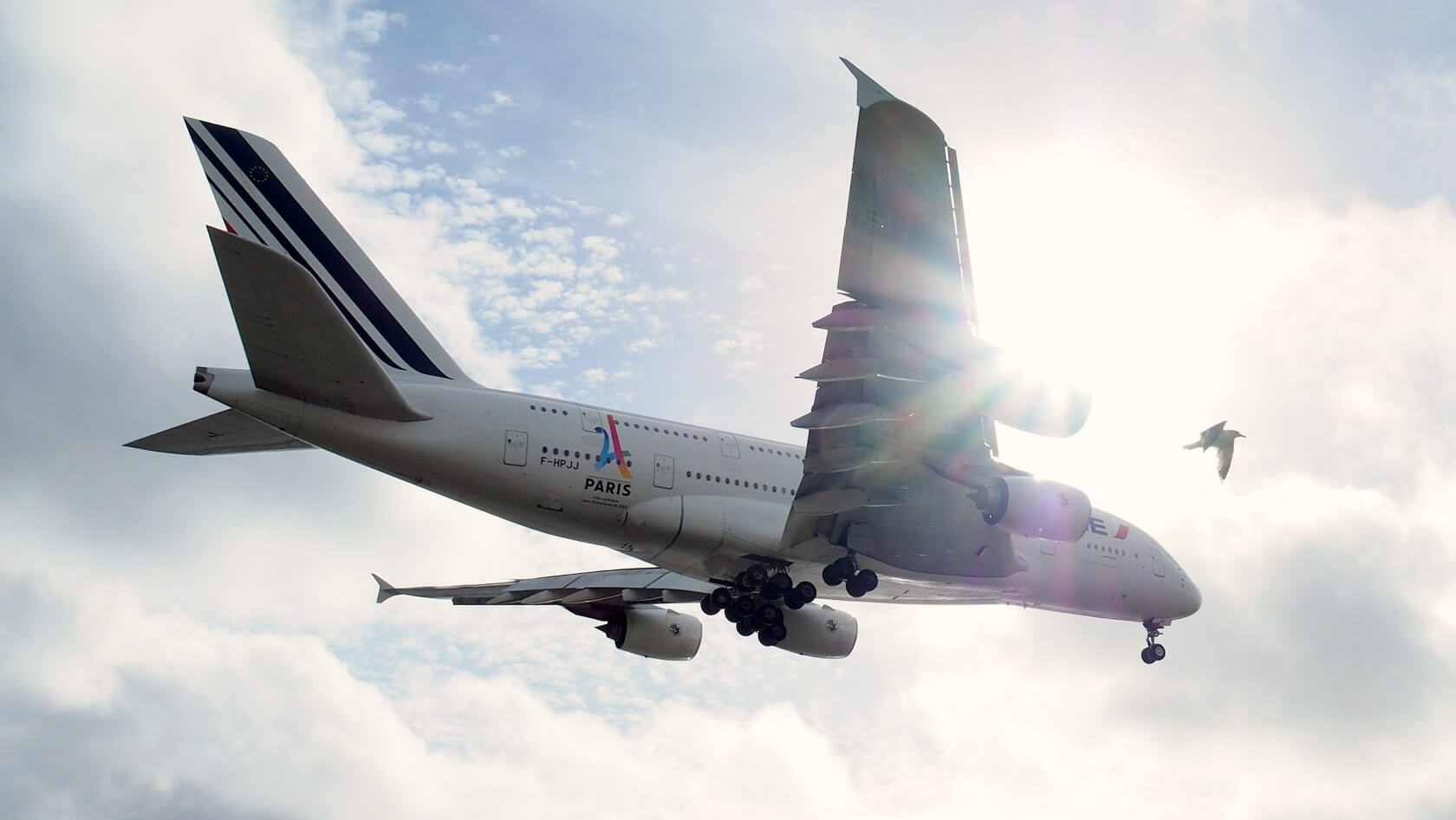We all know self-driving cars are becoming more and more advanced, but what about self-flying planes? Sure, limited autopilot features have existed for years now, but where is the industry at in its pursuit of full flight automation?
According to a report from ExtremeTech, things are moving forward much more quickly than you might think. A team of researchers based out of the Technical University of Munich have just finished the early development of "C2Land," a system that allows planes to land themselves without any input from a pilot (barring emergencies).
The team says C2Land was developed to improve upon existing automatic landing systems, which only let planes self-land at select airports that use the Instrument Landing System (ILS). The ILS requires an array of antennas to help planes land safely, and though satellite-based alternatives are also in the works, they too will require some form of "ground-based augmentation system" to function.
Because many smaller airports apparently do not have access to this tech, pilots are still required to land manually. Given that many airplane accidents occur during touchdown or take-off, it's easy to see why this wouldn't be ideal in the long run.
By contrast, C2Land lets planes land virtually anywhere using the power of GPS signals and an "optical reference system"; neither of which require any ground-based hardware to work properly.
The optical reference system is there to pick up on any "atmospheric disturbances" that C2Land's other tech can't detect, whereas the GPS system is used mostly for safe and precise navigation while landing.
It remains to be seen whether or not the C2Land team will be able to bring their tech to the aircraft industry at large anytime soon, but we look forward to seeing how things progress in the coming years.
